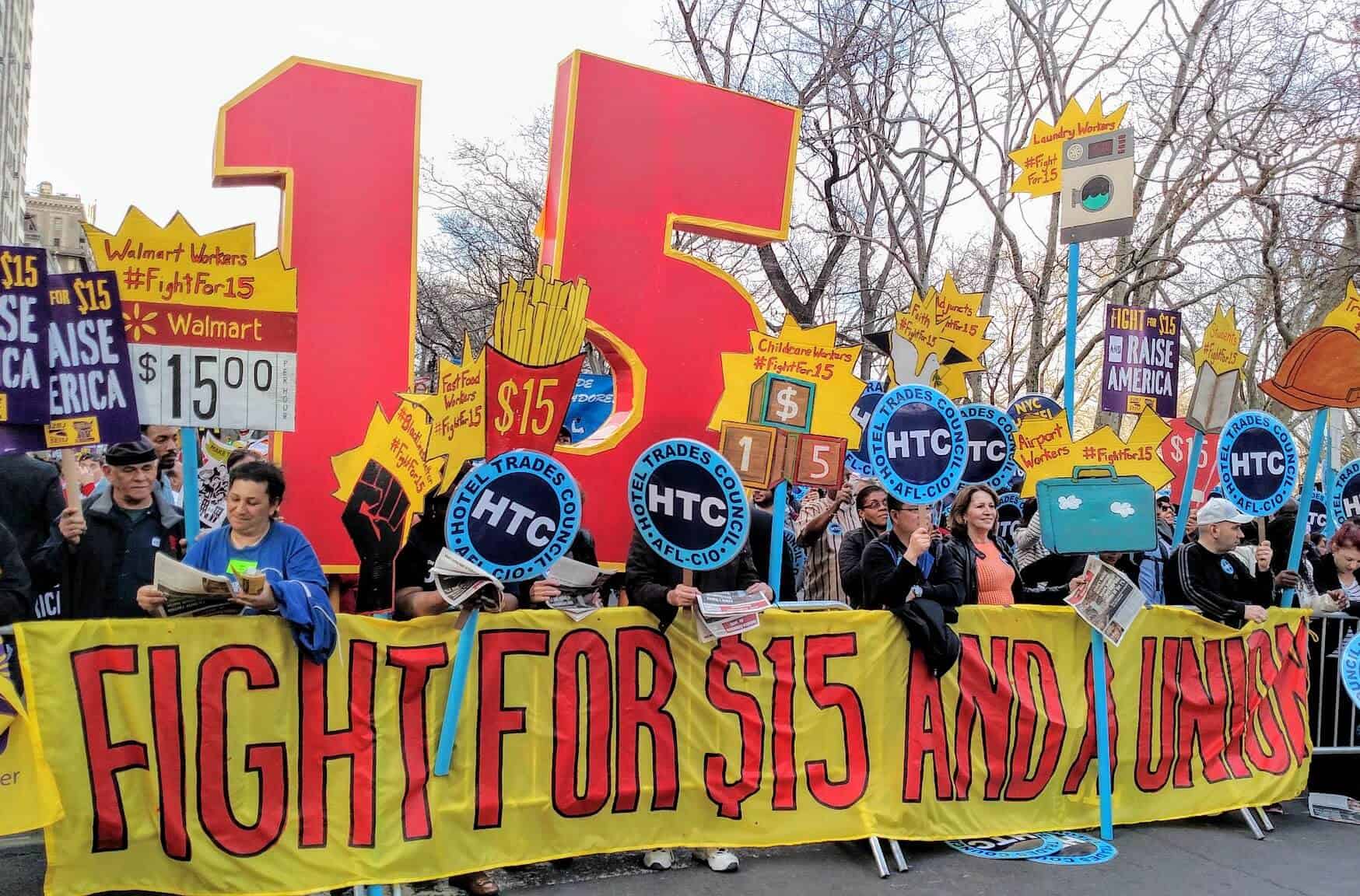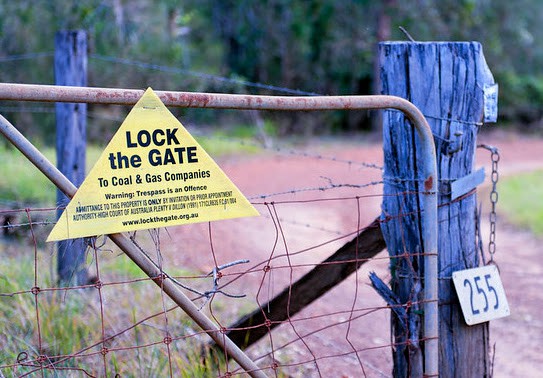Choosing a name for an advocacy campaign, movement or organisation is no easy task. There are a lot of elements to take into account, including individual word choices, phrase construction, alliteration, ability to trademark, memory retention, and relatability.
It’s also important to think in the long-term when picking a name. Some existing brands have drifted far from their initial humble beginnings, but are stuck with an existing name. Amnesty started as a movement advocating for leniency for political prisoners but now is well known as a broad human rights organisation. Make Poverty History, despite its ambitious name, never achieved that stated aim.
There is a wealth of knowledge out there in the corporate advertising world that hones in on the development of brand names, taglines, slogans, and other marketing material. But the world of advocacy and social justice demands so much more thought into name conception.
Coming up with a pithy, memorable, all-encapsulating yet concise campaign name is an important step towards achieving your stated aim.
Getting Started
1. Ask yourself basic questions about the campaign – aims, objectives, areas of work, impacts, etc.
- Think about what your campaign does and what you want people to know about it.
- Look at your target audience – investigate words and phrases that appeal to that demographic.
- Identify who or what the campaign serves, as well as who it consists of.
- Spend time also listing all the things that the campaign isn’t.
2. Play around with words
- Write down every word that is associated with the cause, aim, or movement. Use word clouds, word association tools, thesauri and other online tools such as Shopify’s slogan generator.
- Play with alliteration (repeated consonants) and assonance (repeated vowels)
- Apply positive principles – people are more attracted to inclusive, positive, forward-thinking visions, and turned off from negative, critical, combative frames.
- Consider looking at different languages for inspiration (but be aware of cultural appropriation)
- Crowdsource the name – open the process up to a wide group of people. In 2008, Oxfam crowdsourced the slogan for their new billboard campaign. Risky, bold, but it could work.
- Check historical associations with certain words – they may have undesirable historic or cultural connotations to avoid.
3. Keep things simple
- While you want to avoid boring words, you don’t want your name to be too complicated either. Names that are hard to say and spell are usually harder to remember. You don’t want people to have to think too hard about your name.
- Look to the Internet for inspiration – the succinctness of social media can often be a blessing, with hashtags often coming into being through a collective process. Research existing activism hashtags to find what worked in the past.
- Take the pronounceability of the word into account. Speak them out loud, or play the game of introductions – literally try to introduce yourself as someone from that name.
- Use words that are concrete, not abstract; or make those abstractions concrete. Love is abstract, but “love thy neighbor” is concrete.
- The ‘three-word slogan’ has been used for decades as criteria to dictate political and social campaign naming. There’s a reason – it works.
4. Consider the limitations of your words
- If the campaign is specific to a location, use it in the name to quickly and clearly identify a focus. This could be a town, region, state, or country. However, if the campaign could branch out from this location in the future, don’t let a name limit possible expansion.
- Don’t be too specific about what your campaign does. You want it broad enough so there’s room to grow as time passes. If your name is too narrow or literal, you can outgrow it and it won’t accurately reflect what your campaign does.
- Look at how certain words could be interpreted differently by different groups. The use of the word ‘liberal’ has a different meaning in the USA as it does in Australia.
5. Do your homework
- Read everything there is to read about the history of your movement and the language that works to engage people. There’s this on how to talk about democratic reform, or this on economic frames, or this on the words that grab people’s attention on climate change.
- Check and make sure there aren’t any organisations or campaigns with the same name. Even similar-sounding names can be an issue because people can confuse the two things.
- Check the online availability of your name – domains, social media accounts, etc.
6. Review, test, and revisit
- Does your name land well with a range of different targets?
- How do affected communities like being labelled under your name?
- How do government employees react?
- How does it work in the media?
- Does your name align with your values?
- Is it simple, effective, powerful?
- Is it memorable or motivating?
- Does it connect emotionally?
- Can it be read quickly?
Types of names
Generic
A generic name is a term that is commonly used to identify a kind of goods, service, or business. Avoid naming your campaign with an overly generic name – it will create problems with trademark protection and search engine capacity. It is also missing imaginative appeal and will easily be confused, forgotten, or ignored.
Descriptive
Descriptive names instantly convey what you do, pointing directly to function. They can convey immediate respect, as they are often used to name institutions that deliver large, noble needs. E.g World Wildlife Fund, or Royal Flying Doctors Service. The downside is that descriptive names don’t have much charisma. Descriptive names often take longer to build name recognition.
Suggestive
Suggestive names hover between descriptive and arbitrary. They aren’t as obvious as purely descriptive names, but they still suggest something about the underlying company, goods, or service. They often involve a play on words or a double meaning. E.g Country Needs People or headspace. Suggestive names have more flair than purely descriptive names.
Arbitrary
Arbitrary names have no direct connection to a company’s offerings. They are real words that are completely unrelated to the business or product. Kiva, an international organization that provides micro-loans to the unbanked, is a seemingly arbitrary name. But the word kiva relates to a Native American ceremonial chamber related to spiritual ascent and uplift – once this is revealed, it has substance.
Fanciful
Fanciful names are invented words or neologisms. Lunesta, a sleeping drug, is a fanciful name composed of the word “luna,” for the moon, plus “esta,” from siesta. Pinterest is another fanciful name, created from “pin” plus “interest.” Other fanciful names — think Kodak and Oreo — are devoid of any discernible meaning.
Constructing a name
Words are powerful, and choosing them wisely is a difficult task.
A study by Behavioral Economics demonstrated that “organizations seeking to promote the welfare and humanitarian causes should use compassion in their campaigns, over all other positive emotions. Contrastingly, organizations seeking to promote equality and justice causes should utilize gratitude in their campaigns.”
Emotion
Emotive words make you feel something when you hear it. People are busy and inundated with messages and requests for their time and donations. To earn their support, you need to move them. An emotive name can be an invaluable way to draw people to your organization. Active verbs immediately convey a sense of achievement, of action, and of progress. Words like ‘save’, ‘protect’, ‘keep’, ‘build’.
Tone and Personality
Think about how the name relates to a tone of voice or personality. Do you want a name that feels playful, classical, sophisticated, or scientific? Choose a name that matches the personality or character of your brand.
Order and Choice
You can also play with the order and choice of words. There are many kinds of naming constructions, such as single dictionary words, lexical blends misspelled and truncated words, short phrases, and acronyms. Play with alliteration (repeated consonants) and assonance (repeated vowels) to achieve more lyrical and pleasing phrases that in turn will also be more memorable.
Different approaches to naming
Say what’s on the box
You can just name your campaign exactly what it is that you intend to do. E.g Make Poverty History, Save the Whales, Let Them Stay.
Say who is doing the work
This works to identify a specific group of people who will deliver the work. Eg Doctors Without Borders, Farmers for Climate Action, Grandmothers Against Detention.
State the action
Focus on the active process that will lead to the desired outcome. Note this is different to the first option listed here in that it highlights the collective action rather than the end result. Eg Fight for the Reef, School Strike 4 Climate.
Go random
Pick a bunch of words and build an association towards your aims.
Case Studies

The All-Nite Images / Flickr ((CC BY-SA 2.0 – Adapted)
Case study 1: Fight for 15
This worker’s rights campaign from the USA in 2012 used two key elements to propel it forward: the one-day strike and the common goal to fight for a raise to the minimum wage up to $15.
The name ‘Fight for 15’ was initially presented at a worker’s meeting, with those campaigning for their rights very receptive. But focus group testing came back with mixed results: workers loved the demand and slogan, but suburban residents from both target cities of Chicago and New York did not.
Chicago organisers decided to run with the name, plastering it across banners and t-shirts in a planned strike and rally. Television coverage of the marches was huge, serving to solidify the name as an instantly catchy and easy-to-understand demand. Workers in New York who were preparing for their own marches under the banner ‘Fast Food Forward’ quickly adopted the name once they saw the Chicago TV coverage and public reception.
Today, Fight for 15 is a global movement in over 300 cities on six continents.
Credit: Max Phillips (Jeremy Buckingham MLC) (CC BY 2.0 – Adapted)
Case study 2: Lock the Gate
The Lock the Gate Alliance was formed in 2010 following meetings in New South Wales and Queensland of landholders, organisations and communities concerned about the ongoing and rapid expansion of coal and coal seam gas development. The name “Lock the Gate” was decided for the campaign which called on landholders to refuse to allow access to gas companies and refuse to negotiate sale of their properties to coal companies.
Lock the Gate’s success hinges on their promotion of a strong story of the Aussie farmer, and small towns standing up for their local community. The farm gate is a literal barrier – it defines the border of a property, and the obvious line of defence. The name evokes finality – you’re not closing a gate, you’re locking it for good.